
50cc Roadracing 1973
Van Veen KreidlerThe Van Veen Kreidlers, now tuned by Ing. Jorg Möller, only differed in details from the ones used the previous year. They no longer had the forced lubrication with a pump, and returned to an elctrically driven water pump. Power 20 bhp. |
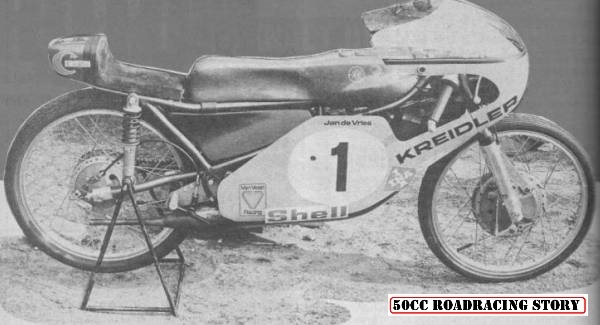 |
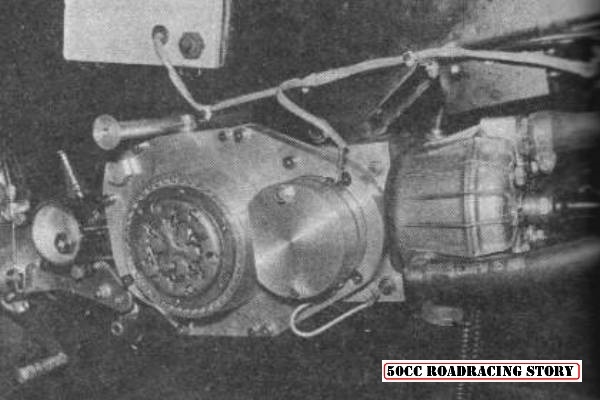 |
Jamathi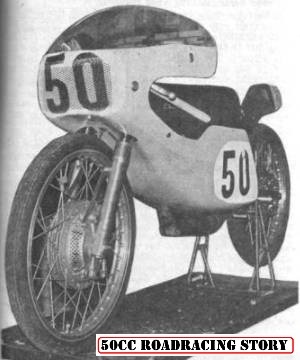 The Jamathis retained the monocoque frame, but got a new engine. The radiator was mounted in the nose of the fairing, and this high position, combined with the low position of the horizontal cylinder, allowed the use of a thermosyphon system, i.e., a system without a water pump, whereby the water circulation relies totally on the differences in temperature. The Jamathis retained the monocoque frame, but got a new engine. The radiator was mounted in the nose of the fairing, and this high position, combined with the low position of the horizontal cylinder, allowed the use of a thermosyphon system, i.e., a system without a water pump, whereby the water circulation relies totally on the differences in temperature.
|
MonarkDutchman Jan Bruins, a succesful tuner, helped developing the 50 cc Monark racers. The cylinder and head got water cooling with an electrically driven pump, and the Gardner carburettor was replaced with a Bing. Furthermore the road holding was improved by using Marzocchi shock absorbers for the swing arm. At the beginning of the 1973 season the Monark had approximately the same power as the private Kreidler with which Bruins won the Yugoslavian GP in 1972. The bike still had the clutch running in the oil bath. 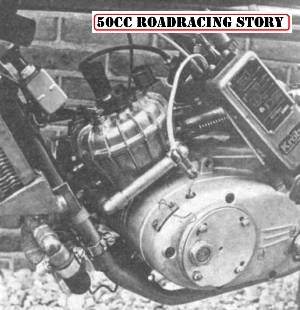 |
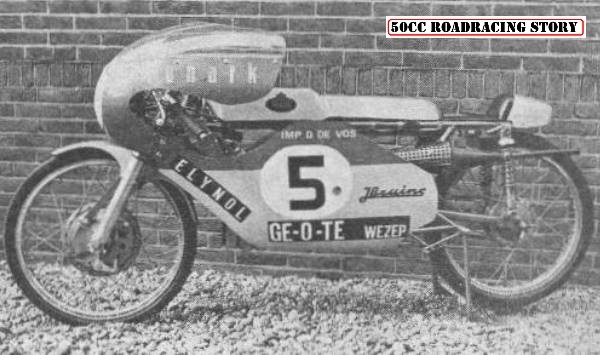 |
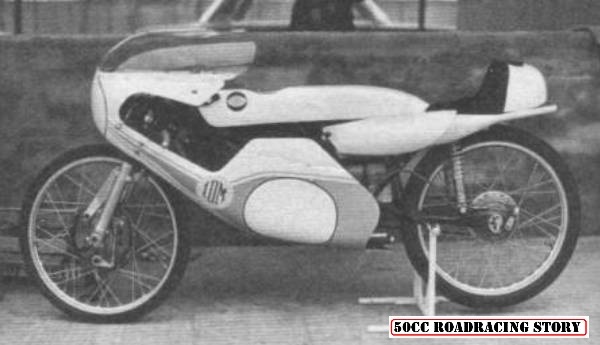 |
MorbidelliDerbi's retirement from Grand prix racing left Angel Nieto without a bike, but he was contracted by Morbidelli. However, the bikes must not have been competitive, because he never appeared in the results, and it was not even possible to find out whether he ever started. |
DerbiAlthough Derbi didn't compete with a work's team, they brought out a production racer for sale to the general public. This had an air cooled engine with a rotating inlet, dry clutch and six-speed gearbox. The cylinder was a simple aluminium one with hard-chromium plated bore, and a simple three port system. This cylinder should be the first to go if real power was to be developed. Also the crankshaft should go: with a bore and stroke of 38 x 43 mm was the engine no longer to be taken seriously! Claimed power was 15.5 bhp at 15,000 rpm, figures which seem with a view to cylinder and bore/stroke ratio somewhat optimistic - compare it to the data of the Kreidler tuning kit below. Torque 0.73 mkg at 14,500 rpm. Spanish IRZ carburettor with 24 mm diameter. Ignition by breakerless Motoplat thyristor system. Gear ratios: 2.1 - 1.666 - 1.411 - 1.222 - 1.095 - 1 : 1. The frame was open on the underside. Front forks and shock absorbers from Spanish Ideal, Aluminium Akront rims with Spanish aluminium brakes (double 2ls front, looks like a Fontani imitation). Wheelbase 1226 mm, claimed top speed 165 km/h. |
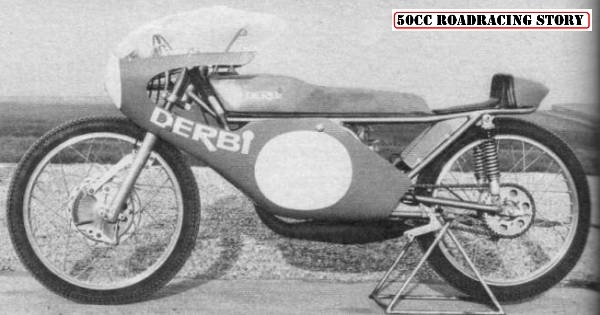 |
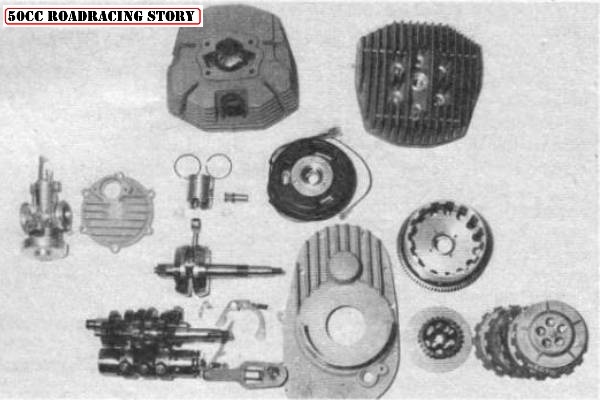 |
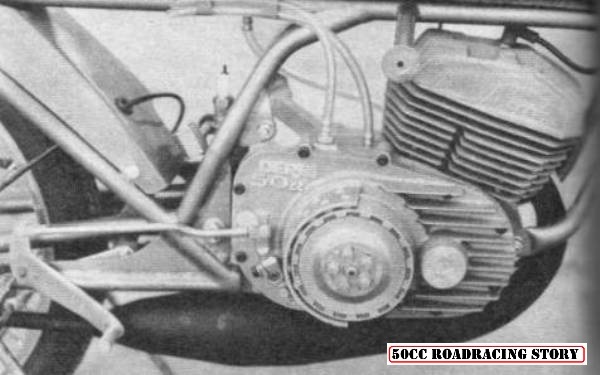 |
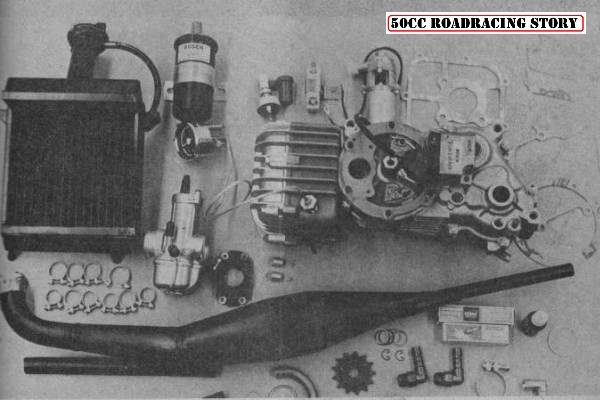 |
KreidlerProbably inspired by the successes of the Van Veen Kreidlers, the Kreidler factory brought out a tuning kit for the RS engines. Water cooling for cylinder and head, special crankshaft with polished conrod and racing piston with one L-shaped piston ring, electrical water pump, 28 mm Bing carburettor. Guaranteed power 14.5 to 15 bhp at 14,500 rpm. |
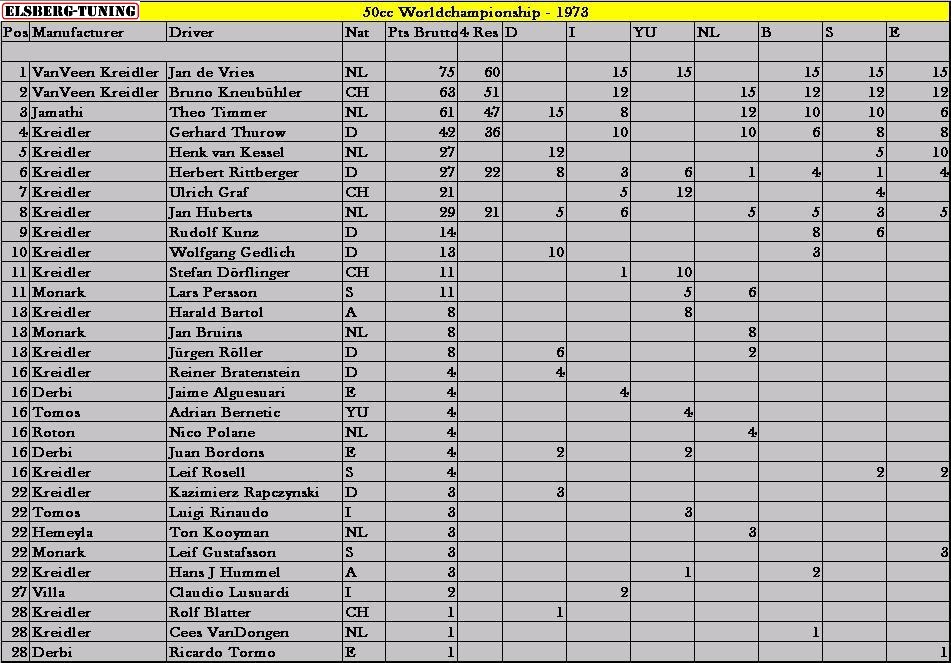 |
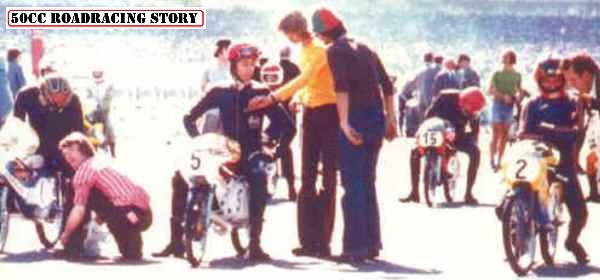 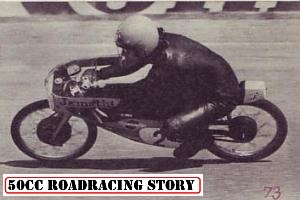 |
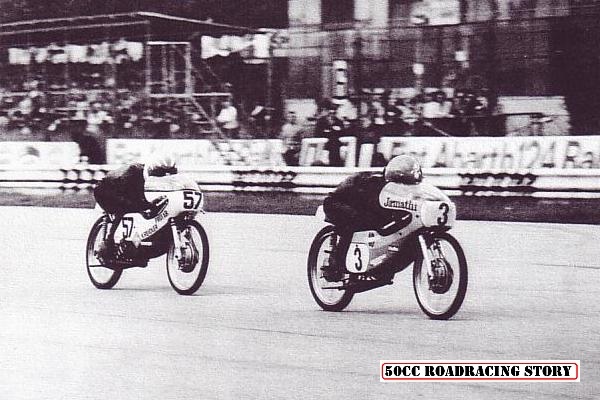 |
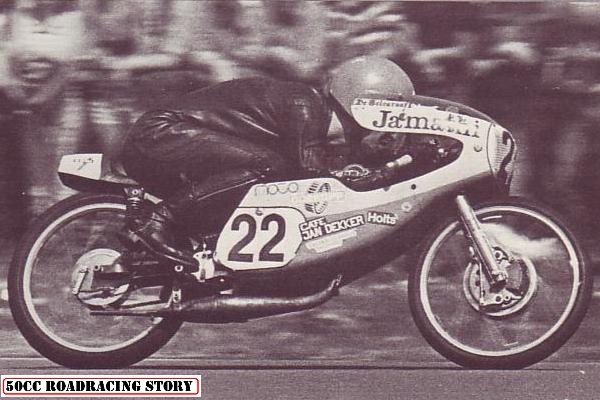 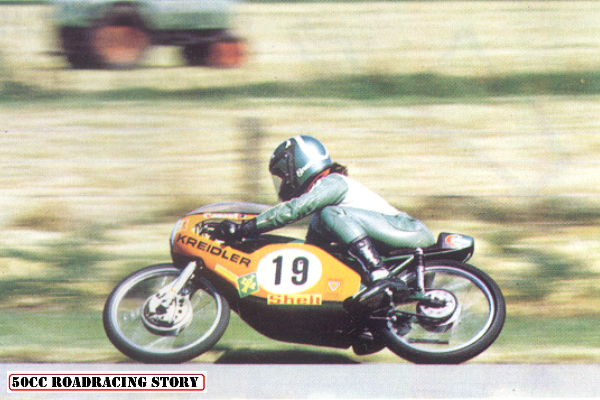 |
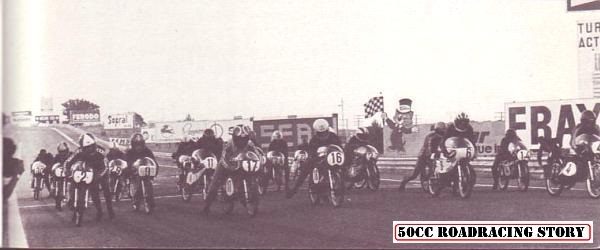 |
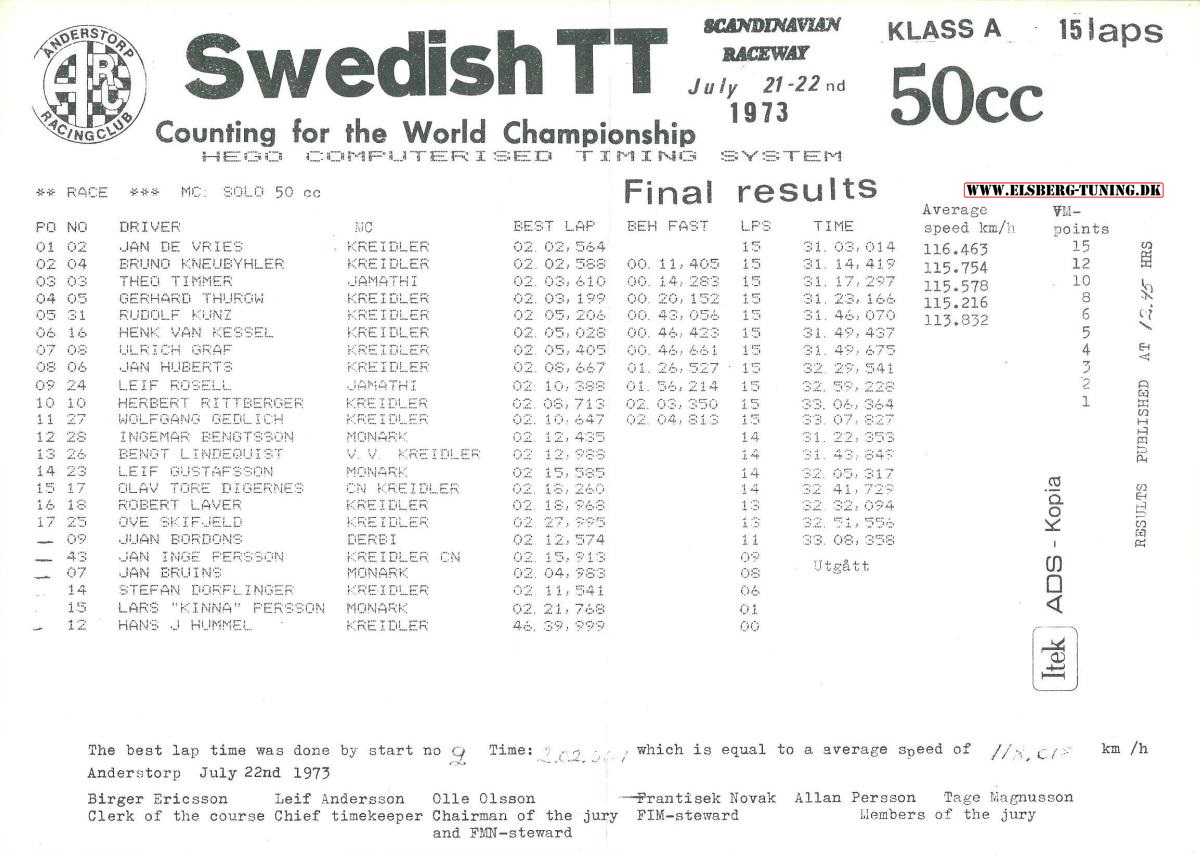
|